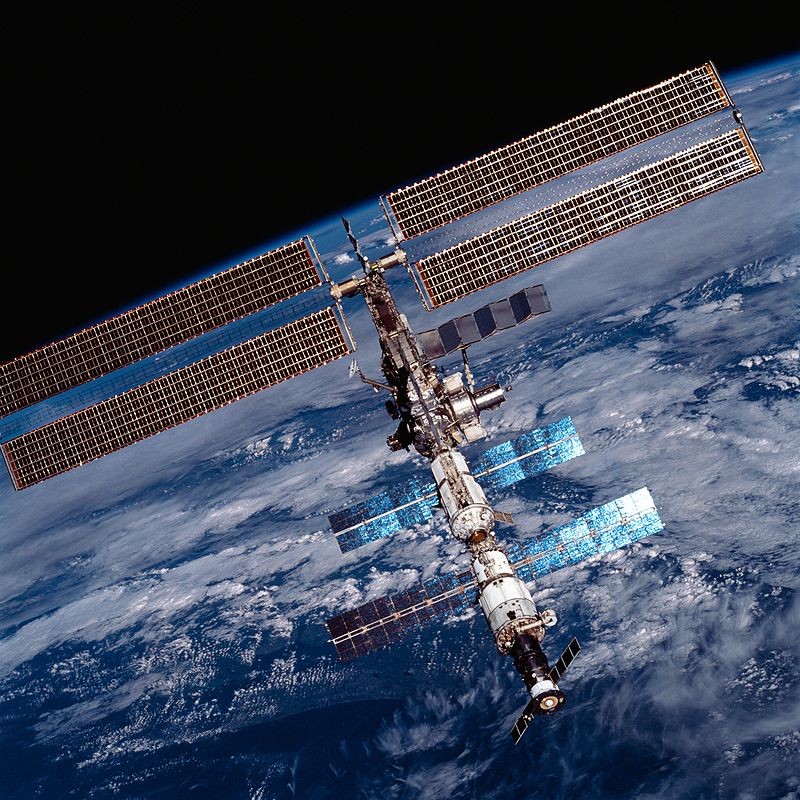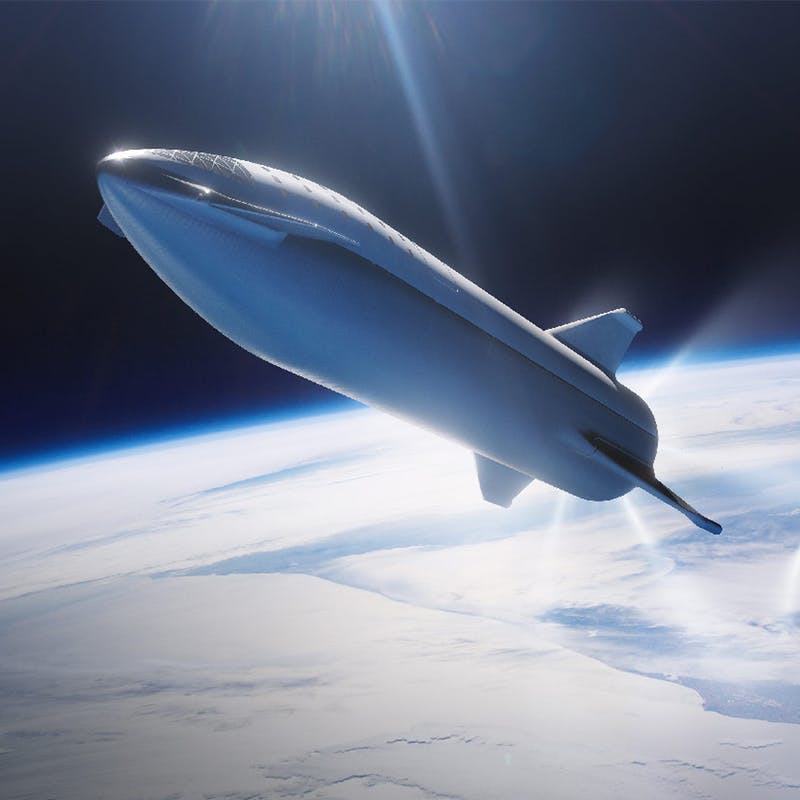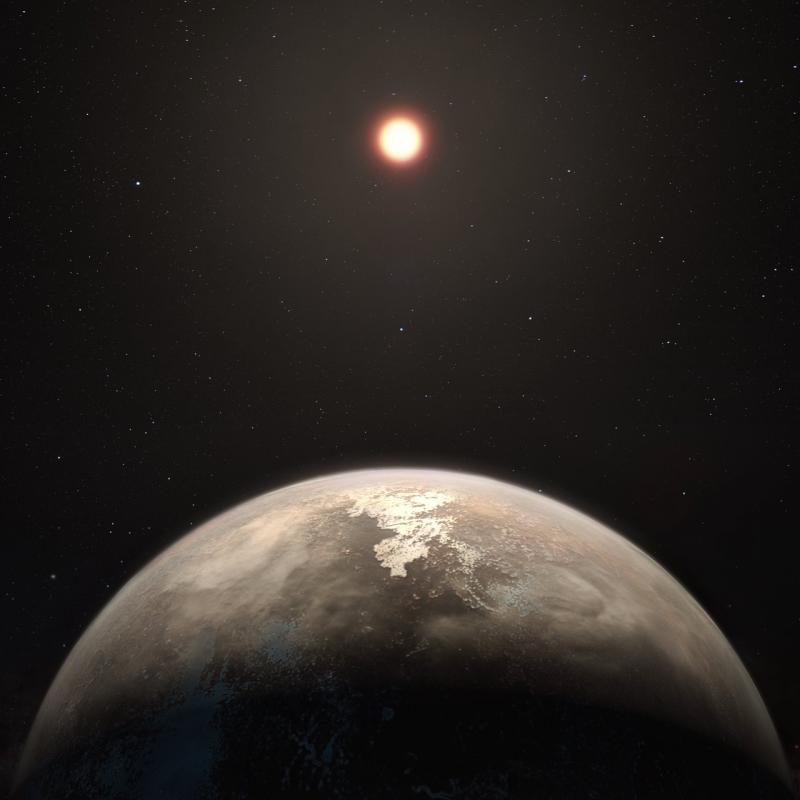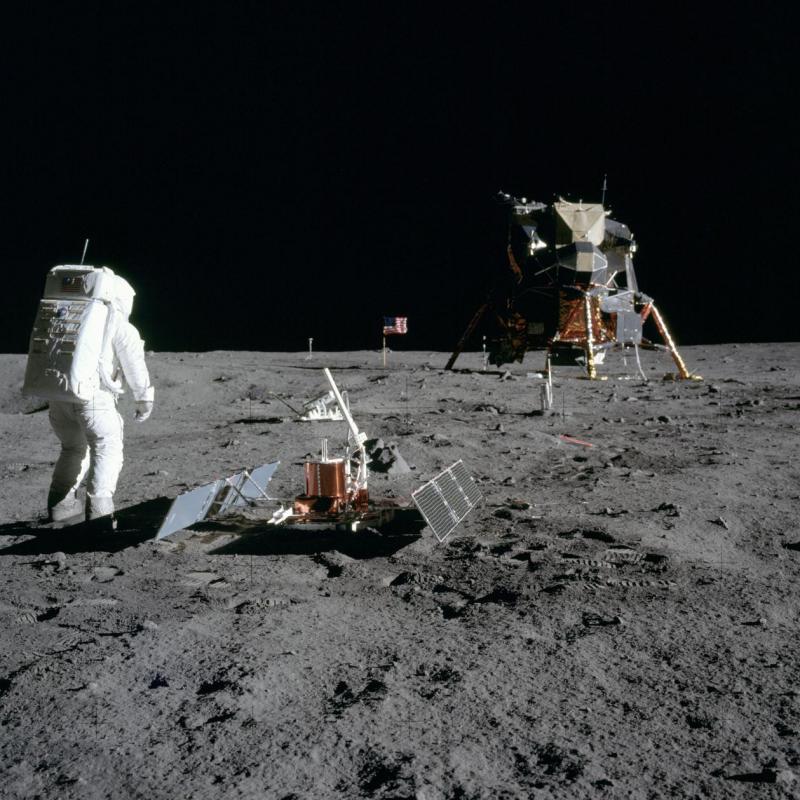Take a look into the most exciting astronomy news of the month.
NASA Fears the Safety of ISS Due to The Debris from India’s Satellite Destruction
Test

Last week, India destroyed one of its satellite that was orbiting around the earth, leading to the creation of debris that was large enough to hit the International Space station according to NASA. The administrator complained that this was an abominable attempt that resulted in
dangerous debris in the orbit and such an act would compromise the future of human space flight that is being planned. NASA calculated that the potential impact of the debris hitting the space station increased by 44 percent in almost a week. It was also made clear that the station crew was safe in that they are prepared to steer out of danger if required.
The Indian Prime Minister announced that India was now in a position as a space power, as it became one of the few countries to test out such an act in space. Even though the pieces will dissipate over time and burn up on reentry to the Earth’s atmosphere, the overall outcome will not be pleasant to the outer space.
Elon Musk Announces the Reason for Delay of The Mission to Mars
Elon Musk, CEO of SpaceX, announced the reason for the delay of the launch of the Starship Hopper. He declared on Twitter that due to some challenges like the formation of ice in the cryogenic propellant, the mission received a setback. The Starship Hopper is a miniaturized version of the craft designed to launch humans to Mars. It was scheduled for a test flight from a site in Texas at the beginning of this year but got delayed to some issues that are now revealed.
This rocket is an initial step into the plan of the human visit to Mars. The ship has engines that will use liquid oxygen and methane as rocket propellent. The propellant system that is now declared faulty, is essential for storing the fuel for higher efficiency. This technology is not only
used by SpaceX but also by NASA who has already sent equipment to the International Space Station for checking the efficiency and fluid transfer. As the issues are being resolved, the Starship Hopper is under further testing and upon flying the porotype, its trip to the moon will be also ready in 2023.
An Undergrad Student Discovers Exoplanets Using Artificial Intelligence
An undergraduate student in Texas, the USA working in collaboration with established astronomers have jointly discovered two planets that are orbiting stars some thousands of light years away from Earth. Even though many similar exoplanets have been found until now, this got more attention due to its unique story of discovery. The student, named Anne Dattilo, used
an artificial intelligence program to go through the data from the Kepler telescope of NASA which was launched almost a decade ago. She was inspired by one of the professors Andrew Vanderburg, who used information from the Kepler telescope to look for new planets. Dattilo
used a program AstroNet-K2 and through some modifications found stars having planets. Using the telescope on the grounds, the findings were confirmed. These new planets were in the constellation Aquarius and have size a bit larger than Earth.
Vice President of the USA Urges NASA to Speed Up Launch of Manned Missions to The Moon
The Vice President of the United States of America has announced that the government has pledged to send manned missions to Mars by 2024, four years earlier than the deadline given by NASA. Mike Pence said that the strategies were being developed to reach this goal no matter what hurdles are in the way. He asked NASA to speed up the process and develop a new
schedule that could be followed on time. Because of that, the administration will have to abandon some of the contractors and create and use commercial rockets. The VP promised that resources will be amply provided, and space policy will not be compromised. NASA has never
really declared the definitive timeline for the missions and is apparently not pleased by these new suggestions. The agency is currently experimenting and developing rockets for the capsule launch and has also asked for designs from the commercial companies.
The Famous Cyclone of Jupiter Found to Be Shrinking
New research shows that the storm on Jupiter, known as The Great Red Spot, has been rapidly changing over time. This cyclone is almost 300 years old and can change color as well. It is now found to be getting circular and taller and is also reducing in size. The Great Red Spot is a very famous feature of Jupiter and has a speed more than 300 miles per hour. Even though the history of its origin and its color is still unclear, it has been a captivating phenomenon for a long time. Researchers have claimed its position to be 22 degrees south of the equator in latitude.
But changes in longitude have been found and evidence suggests some regions are sinking into the surrounding atmosphere. There is variation in its color as well and it is expected that data from NASA’s Juno spacecraft will help provide answers to these questions.





